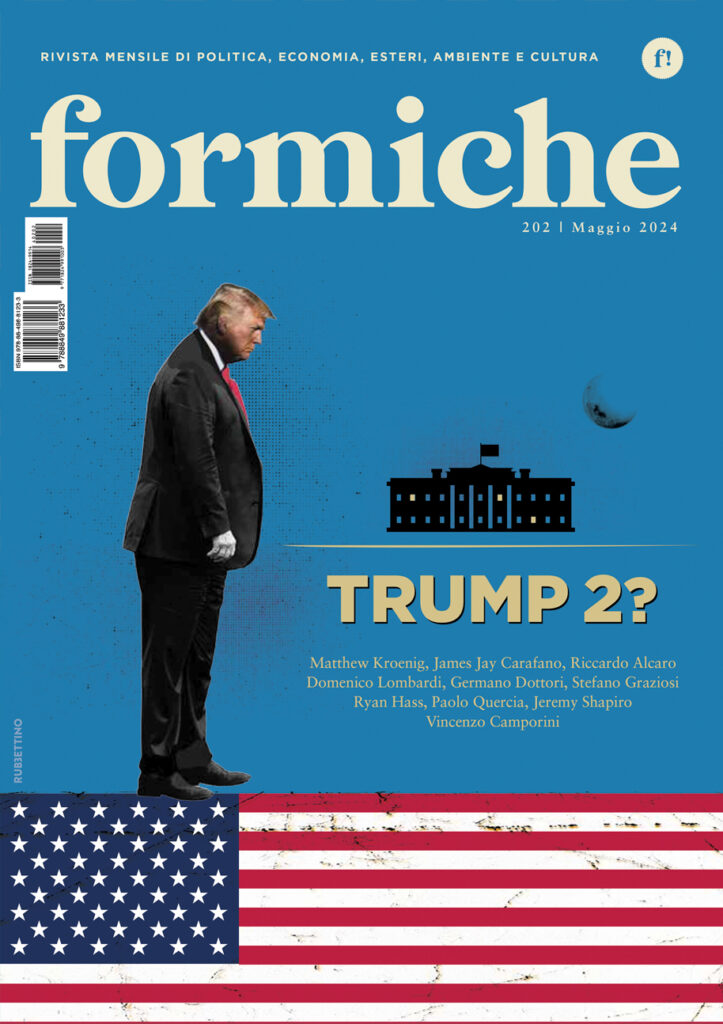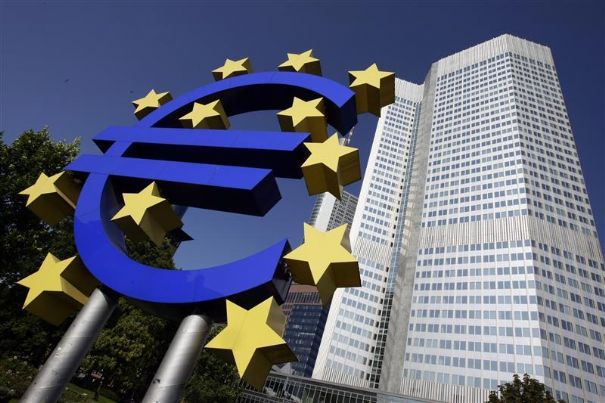Today, the ECB kept all its interest rates unchanged, in line with our and the consensus forecast. These are the highlights of the press conference:
■ The introductory statement includes a further dovish twist to the ECB rate guidance, as reflected by this new wording: “We are resolute in our determination to maintain a high degree of monetary accommodation and to act swiftly if required….The Governing Council is unanimous in its commitment to using also unconventional instruments within its mandate in order to cope effectively with risks of a too prolonged period of low inflation”. This is the ECB’s second attempt to strengthen its guidance in the last few months (the first attempt was in January), although today’s change is by far the boldest.
■ We think that this new rhetoric reflects the ECB’s attempt to disentangle itself from a tricky situation, which is mostly the result of the unfortunate decision of having left policy unchanged last month despite expectations for a clear and prolonged undershooting of the inflation target. On the one hand, the March inflation reading, per se, was not sufficient for the ECB to change its medium-term price assessment, due to the large (although still difficult to quantify) impact of temporary factors. This argued against any policy change today. On the other hand, however, the ECB seems to have become increasingly aware of the risk that its rate guidance may lose credibility if continued downside surprises on inflation are not met with concrete action at some point. Hence the need for the ECB to let the market know that they are even more vigilant and ready to act than usual. This put the ECB in front of a non-trivial communication challenge today. Strengthening the rate guidance was one way for the ECB to tackle this challenge.
■ The discussion about QE is most likely another way to respond to this communication challenge, rather than a sign that the ECB is edging closer to deploy its ultimate weapon. This is especially true considering that the GC still sees “both upside and downside risks to the outlook for price developments as limited and broadly balanced over the medium term”, while Draghi highlighted several implementation challenges for QE, also due to the prominent role of bank lending in the eurozone as opposed to market financing in the US or UK. After Draghi’s remarks, we remain very comfortable with our view that 1. The bar for govie purchases remains very high, and 2. The ECB would get there only after having bought private sector assets (mostly bank assets) in large size.
■ The press conference also showed signs of increased vigilance on the FX front, with the introductory statement including exchange rate developments as one of the main CPI risks being “closely monitored” by the ECB. However, Draghi reiterated that the exchange rate is not a policy target and that there is no particular level which the ECB is watching. This is unlikely to change the medium-term trend in the EUR, which we continue to see upwardly oriented.
■ Where do we go from here? The April CPI data will be key, because it will allow the ECB to disentangle temporary factors from genuine price trends. An inflation rebound seems very likely, as the late timing of Easter will push up the price of holiday-sensitive items, while a base effect will lift energy inflation. We suspect that a rebound towards 0.9% (from 0.5%) would suffice to reassure the ECB and keep on track its medium-term price assessment. In contrast, a significantly less pronounced acceleration may tilt the balance towards more action.
Marco Valli
Vice President
Chief Eurozone Economist
UniCredit Research








